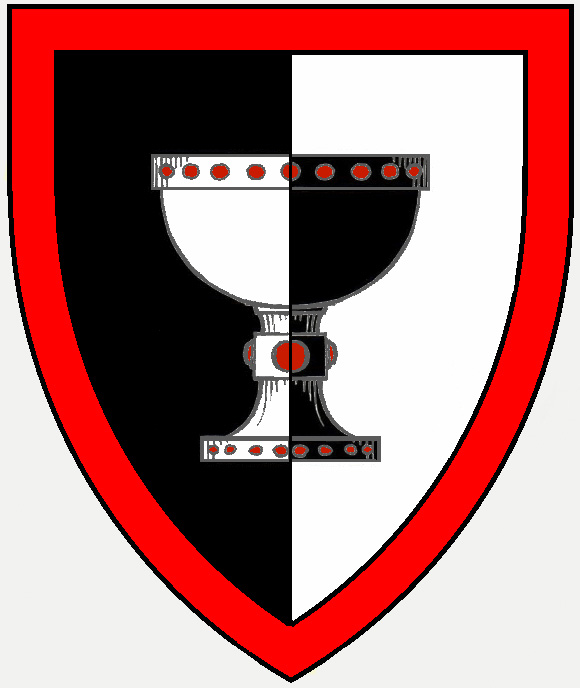Highgate Freelands
 | |
|---|---|
| Founded | 696 SA |
| Size | Major Kingdom |
| Ruler | King Manchester, Master of the Heptarchy for 905 TA |
The southern reaches of the Old Kingdom of Rembia is known as the Highgate Freelands (sometimes called the Freelands of the Feudal Lords). It is ruled over by seven equal kings - each tracing lineage back to the War of Freelands. This collection of kings is called the Heptarchy, and each year the crown passes to a new King who acts as its leader in common affairs.
The capital of the Highgate Freelands is Seaedge, a vibrant trading port. Seaedge is most famous as home to Calinshold dwarven trade houses - dealers in rare mithril and steel weapons and armor. Six smaller cities are found throughout the Freelands - each the home to one the kings of the Heptarchy. The seventh king, Farrant, lives at the extreme edge of the kingdom at West End Castle. The castle sits at the southern edge of a large swamp against the Dragonsbreath Mountains, and it is rumored to trade with both lizardmen from the Forbidden Lands as well as dragons from the mountains.
War of the Freelands
Throughout all of the First Age and much of the Second Age, the southern reaches of the Old Kingdom of Rembia was a vast wilderland. While not unexplored, the area was largely uninhabited. The soil on the peninsula is somewhat rocky, and winters tend to be long and fierce. Monsters and giants from the nearby Dragonsbreath Mountains are said to live in the foothills along the western boundary of this land.
In the middle of the Second Age, the expansion of Rembia was halted to the north by the dwarves and to the west by the elves. This left only the southern lands open to expansion to the ever-growing nobility. Third and fourth sons were sent to these wilderlands to carve out homesteads for their families. The weak quickly perished or fled, and the inhabitants of these southern holdings grew self-sufficient and independent. In the middle of the Second Age, the lords of this land revolted against the Overlord of Rembia protesting heavy taxes imposed from the Old Kingdom. The War of the Freelands raged for several years (689-696 SA) with the Old Kingdom eventually being defeated in the Battle of the Grey Figure - accounts of which speak of a coordinated dragon attack led by a mysterious rider dressed in grey. The attack occurred on October 30, 696 SA.
The Freelands are named after Neal Highgate, a paladin, who attacked and defeated a cabal of six Old Kingdom wizards during the Battle of the Grey Figure. Highgate, an orphan who championed the cause of the Freelands, was killed in the battle. It is said that the knight, his mount, armor and shield were melted by a retributive fire storm called down by the dying wizards. Only a single item survived the wizard's conflagration - Highgate's Chalice. It is said that each year on the eve of his death, the chalice can be used to bring a single person - either long-dead or beyond the healing capabilities of the court clerics - back to life. Highgate's Chalice is symbolized in the kingdom's heraldry.
The Treaty of Highgate granted the region to the seven upstart "kings" of the Freelands - each representing a son or daughter of the most powerful houses of the Old Kingdom.
While the Overlord of Rembia has challenged the rights of the Freelands on several occasions, war has never again broken out between these neighboring kingdoms.